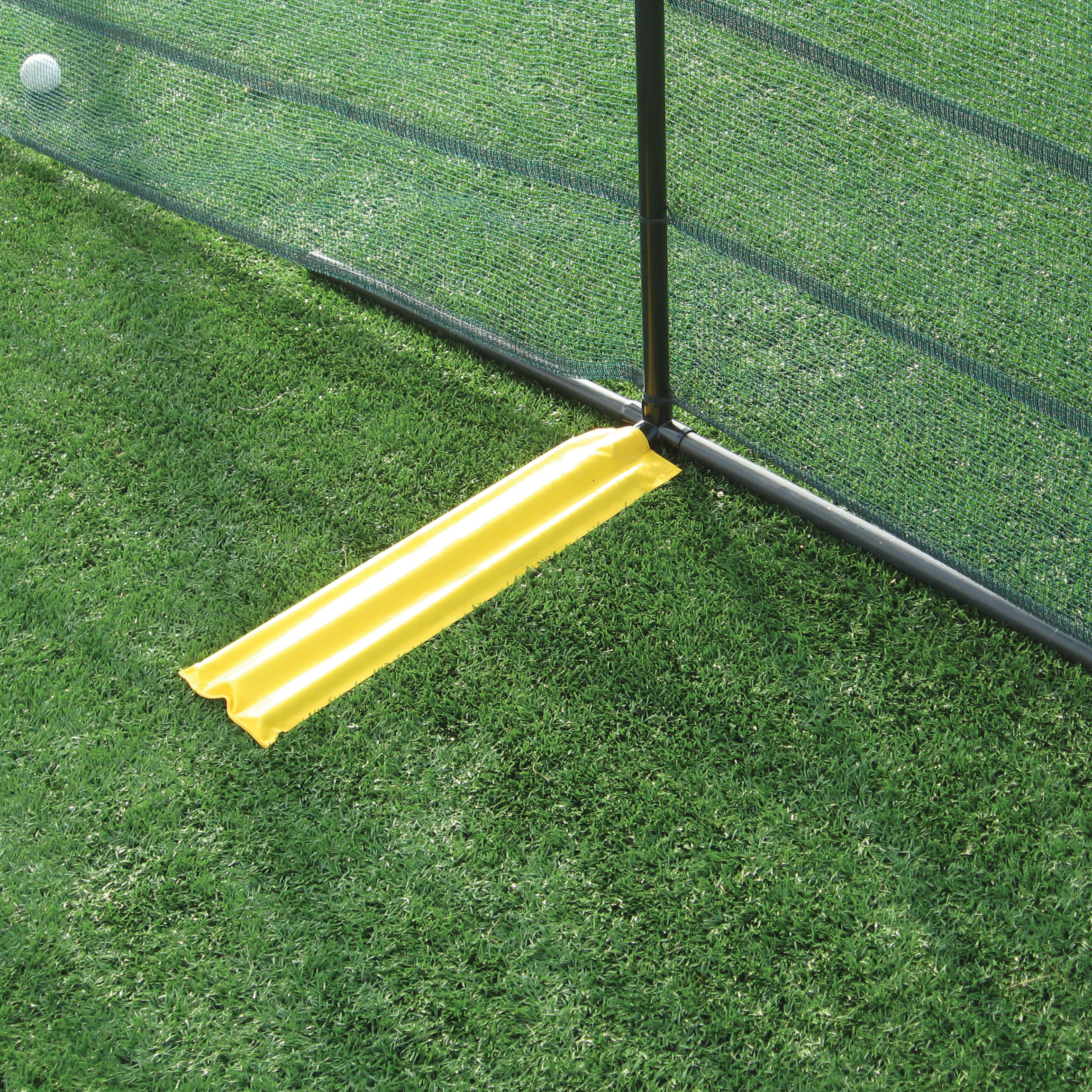Above-Ground Versus In-Ground Temporary Baseball Fencing
Temporary baseball and softball outfield fencing turns any open space into a sports field. Whether you are hosting a tournament or need removable fencing for seasonal sports, temporary fencing offers the same function and quality as permanent fencing with the ability to remove and transport as needed.
When to Use Above-Ground Versus In-Ground Temporary Fencing?
There is one main consideration when it comes to choosing temporary sports field fencing: installation. Temporary fencing is available in above-ground and in-ground assembly. Above-ground is a better option when you do not own the space you will use because it does not interfere with the ground’s surface. In-ground temporary fencing is a great option if you own the land but use it for various events. In-ground temporary fencing requires the use of ground sockets for the posts. With the ground sockets “buried,” the posts can be removed as needed, and the sockets can be capped for landscaping or during the off-season.
Are Above-Ground Temporary Fences as Strong as In-Ground Temporary Fences?
Both above-ground and in-ground temporary fencing are made of knitted polyethylene and use PVC poles with loops to hold the mesh. Both have tensile and bursting strengths of 85.2lbf/66.3lbf and 163.0lbf respectively. The difference in strength is with the strength of the soil and the weight on the bases. While in-ground temporary fencing is likely “stronger,” above-ground temporary fencing can be “stronger” if you add more weight to the bases.
We recommend focusing on where the temporary fencing will be used and how often it will be utilized. If you are using above-ground temporary fencing, a great solution to add strength is to add weight to the bases with sandbags.






